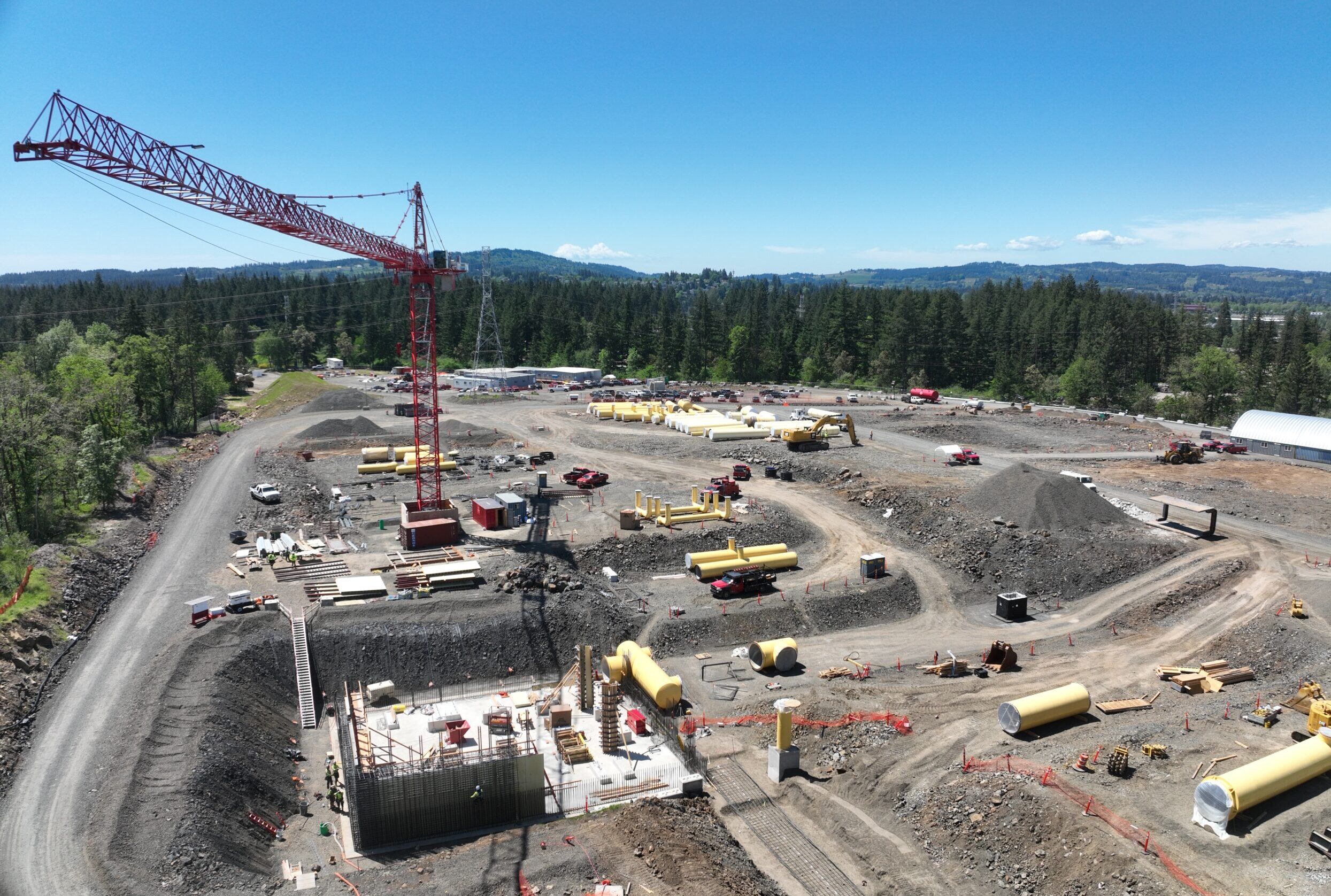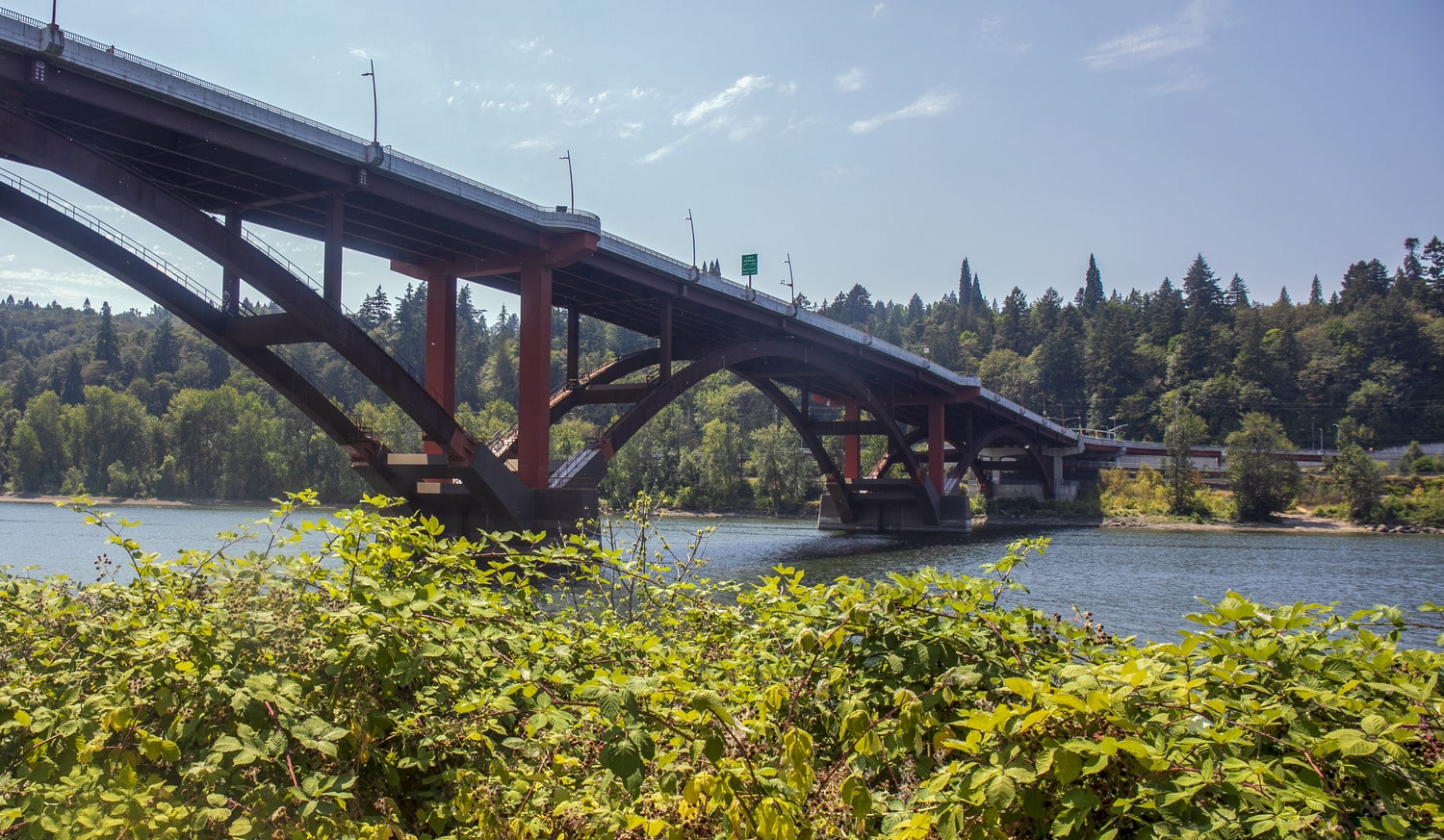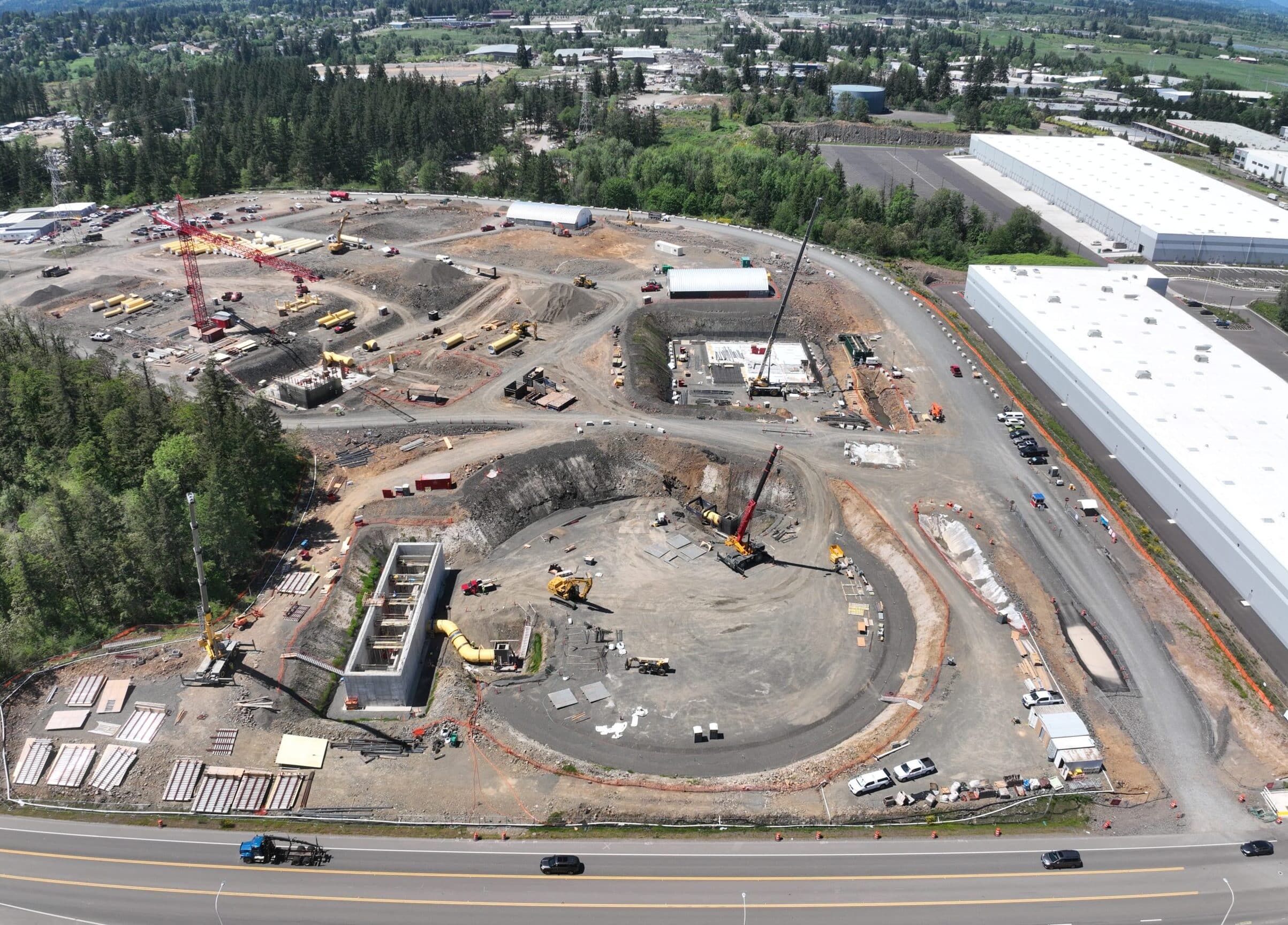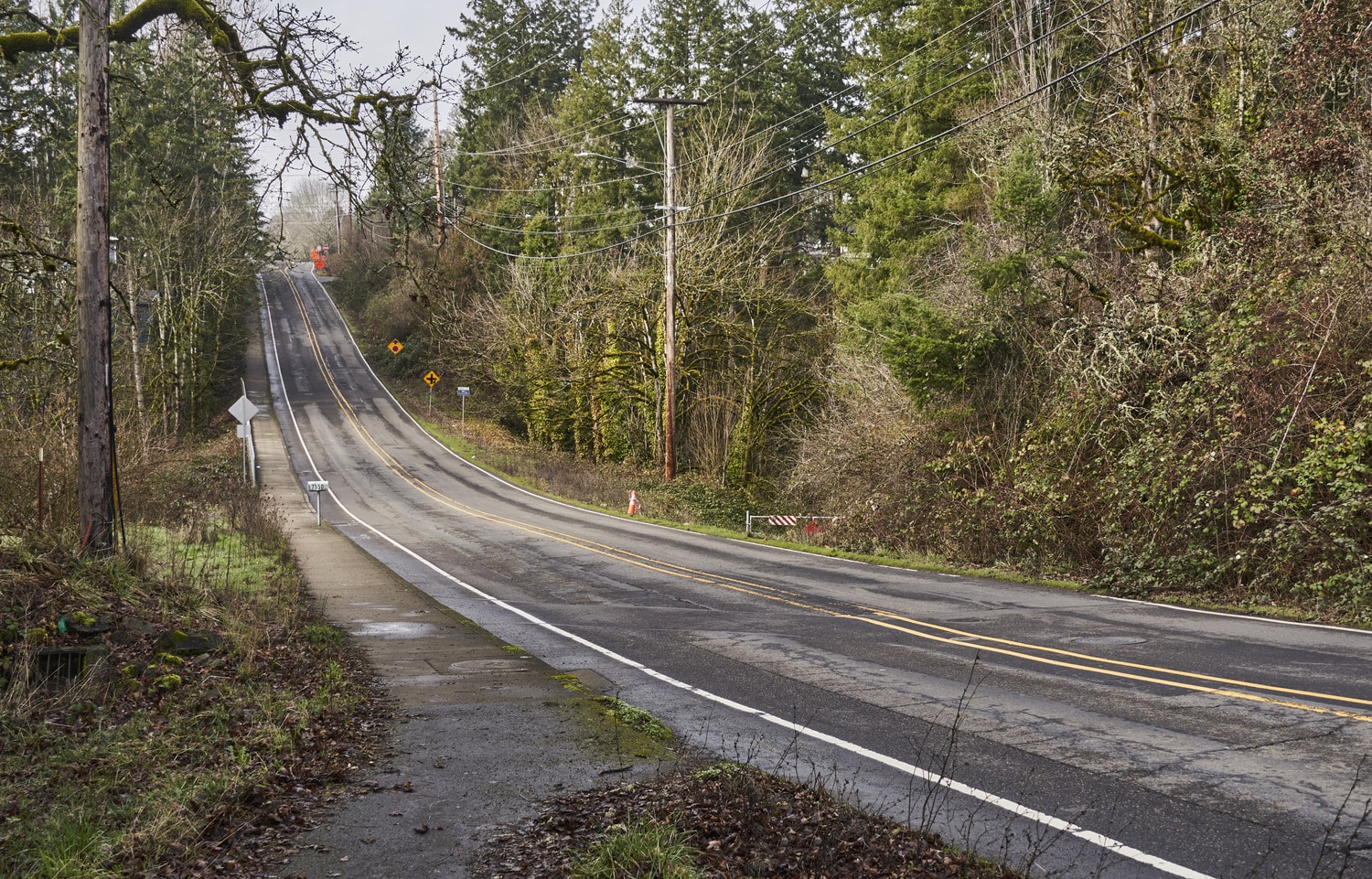
When Sundt Vice President and Strategic Business Director John Carlson walks into a room to educate industry folks on alternative project delivery methods (APDM), he knows he’ll be met with skepticism. His goal? convince the group that progressive delivery methods produce efficient and constructible design, greater value, faster delivery and a more innovative, higher-quality project outcome.
“One of the simpler but more powerful pieces of my presentation is a scenario I paint for the group,” John explains. He asks the group to imagine they’re building a home for their family, one that has to last them 25-plus years. Will they only focus on the bidder with the lowest price, or will they also consider each bidder’s qualifications to ensure the house’s longevity? “This analogy makes things personal—all projects should be handled with such care and APDM enables that.”
In essence, the lowest bid does not always equal the most qualified bid. John hopes this attitude will transform the hard-bid mentality. When we approach our projects with an integrated team and a focus on common goals, we enable prosperity for all. Delivery methods such as construction manager/general contractor (CM/GC), or construction manager at risk (CMAR), and progressive design-build (PDB) allow for a collaborative approach, but also work to change the traditional attitudes clients and industry entities have towards the design and construction process.
“We’re building facilities and infrastructure that benefit our communities at large, where we all live, work and raise our families. As taxpayers, we should have a vested interest in the success of our projects. The more clients and industry entities are aligned with that concept—the more they put project goals first versus individual company needs—the more we all thrive. Alternative delivery methods enable this collaboration.”—John Carlson, Vice President and Strategic Business Director

According to John, the hard-bid approach has created mistrust between owners and contractors, not at the fault of the people involved, but due to years of change-order battles. “When a client witnesses the long-term benefits of a cohesive team and transparent costs, normally they don’t go back to traditional delivery methods if they can avoid it,” John explains.
Sundt has been a leader in delivering projects in our markets utilizing these methods for over three decades. Sundt’s current projects in the Pacific Northwest in water/wastewater and transportation are prime examples of how implementing APDM serves all project partners and creates a fluid experience for everyone at the table.
Trust The Process
Owner hesitation towards APDM may include a lack of familiarity with the process or lack of trust in the contractor. “Some owners don’t believe they’ll get the most competitive price,” Project Executive Paul Laufer explains. “To mitigate these concerns, education and trust are key components.” Contractors must work to build connection with clients and designers.
That’s exactly what Sundt teams are delivering on our current Pacific Northwest projects. “Gaining a client’s trust is due in part to the contractor’s past performance on projects, but it’s also about tailoring the company’s processes to the client and their unique needs,” Area Manager Ken Kubacki states. “At Sundt, we draw on our experience and best practices across markets and offer that to clients. Alternative delivery allows for a customizable and flexible experience.”
Sundt’s work in the Pacific Northwest began in 2011 with the replacement of the Sellwood Bridge in Portland, Oregon. Now, Sundt has three current projects in the transportation and industrial markets: a water treatment plant in Sherwood, Oregon; the Boeckman Road Corridor project in Wilsonville, Oregon; and the I-5 Rose Quarter Improvements Project in Portland, Oregon. All of these projects are operating under alternative delivery methods.

John, Ken and Paul agree that trust between designer, contractor and client is the key ingredient to a successful project. APDM builds this trust, especially during the preconstruction phase. “The two methods I preach about are CM/GC and progressive design-build,” John said. “The contractor is involved from ‘cradle to grave’ for the entire process, including design and preconstruction.”
One strategy Sundt employs in APDM is what’s called a “scoping session.” These sessions establish the foundation of communication for the three entities. “Everyone understands their roles and responsibilities,” John expands. “We cement a communication plan, create a risk matrix and assign groups to manage those risks. We also keep the project goals in mind by working backwards from the construction deadline instead of designing to begin construction. You get everyone in alignment, and that’s crucial.”
For the water treatment plant in Sherwood, Oregon, Paul explained that CM/GC is an example of the “true spirit of being transparent and collaborative, especially when it comes to escalation and market volatility risk.” On this project, Sundt worked with the client to establish a specific allowance within the GMP dedicated to escalation items. “There is an established bucket of monies to handle the risk of market escalation. We mitigated the risk before it began, and the client is aware and on board. This is the transparency contractors can provide owners with APDM that would otherwise not be an option with traditional delivery methods.”
On both transportation improvement projects, Boeckman Road Corridor for the City of Wilsonville and I-5 Rose Quarter for the Oregon Department of Transportation (ODOT), Transportation Project Director Jill Vaughan explains that these public owners appreciate the flexibility APDM has allowed them. “By engaging in the preconstruction phases, we can make changes and be nimble to move in other directions for the client. Limiting impact on the surrounding communities and businesses is a top priority for everyone involved.”

Overall, the pros of APDM include risk identification, mitigation strategies and assignment of the appropriate entity best suited to manage the risk; feedback on design quality and constructability; optimized project phasing; mitigating issues before construction; addressing market escalation; providing cost certainty (GMP); and collaboration with affected businesses and communities to limit the impact construction will eventually have on them.
It’s in the Culture
While changing the way critical infrastructure is designed and built can be intimidating with APDM, changing the culture and mindset of the industry is the biggest hurdle. “At Sundt, we care and have a lot of pride in what we do. That’s the been the case throughout our 130-plus year history, especially as an employee-owned company. Alternative project delivery methods are an extension of how we’ve always worked,” John explains.
Problem-solving and innovation are woven into our culture at Sundt; our purpose reflects our investment in our employee-owners and communities. Alternative project delivery methods can help us all achieve the goal of creating secure and long-lasting infrastructure, building a safe home for all of us.